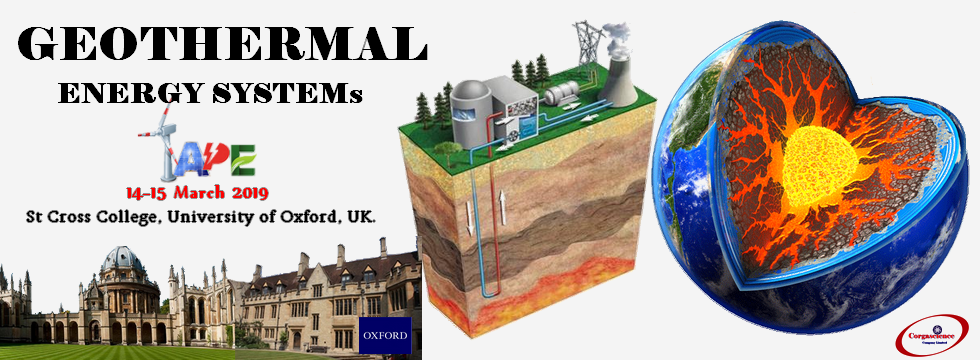

Dr. Jarosław Krzywanski
Faculty of Mathematics and Natural Sciences, Jan Dlugosz University in Czestochowa
13/15 Armii Krajowej Av.
42-200 Czestochowa, Poland
Talk Title
Experiences in modeling of energy devices
Talk Abstract
As the experiments are the basic cognitive methods which allow specify empirical dependencies during solid fuels combustion, most of discussed in literature results are usually obtained via measurements on real objects. However a big challenge, as well as the costs, time-consuming and limitations make the experiments often an insufficient method of data mining. An alternative can be mathematical modeling. Since the nature of the industrial processes is often non-linear, sometimes extremely complex and therefore not sufficiently recognized the development of simple models of such cases is of practical significance. Many aspects should be taken into account when discussing modeling, e.g. what approach should be used, what kind of validation data can be employed, what is the accuracy accepted for the model research, how to consider the natural resources, etc. Two main modeling approaches can be distinguished in the literature: the programmed computing approach and the approach based on the artificial intelligence (AI) methods. The first one is based on writing algorithms of a considered process, object etc. In AI methods the empirical problem can be reproduced from training samples or can be formalized using the experience rather than the strict knowledge of the process. The present work shows the experience in mathematical modeling of selected energy processes. Both programmed and AI approaches are discussed. Artificial neural networks (ANN), genetic algorithms (GA) and fuzzy-logic (FL) techniques as the main and promising representatives of the AI approach are considered. Gas emissions, including NO and SO2 from coal combustion and biomass with coal co-combustion are deliberated in the study. Different combustion environments are taken into account, i.e.: air-firing conditions, when combustion runs in air, oxygen-enriched (also so called air enriched with oxygen or O2/N2 mode) and the oxycombustion (oxygen-fired combustion) conditions, which means the mixture of oxygen with CO2 (O2/CO2 mode). Circulating Fluidized Bed (CFB), Fluidized Bed (FB) and Chemical Looping Combustion (CLC) units are employed as objects of investigations. Moreover, the hydrogen production in both fluidized bed (FB) and CFB gasifiers, via CaO sorption enhanced anaerobic gasification of sawdust is also discussed. Finally, the cooling production processes from low grade thermal energy are presented in the work. Different units are investigated: a conventional single stage, two-bed adsorption chiller, an advanced tri-bed twin-evaporator cooler and an innovative design in cooling production, a re-heat two-stage adsorption chiller. One of the main energy efficiency factors in cooling production, i.e. cooling capacity (CC) in an adsorption chiller was successfully predicted by the developed models. The performed models may serve as easy to run tools which can help in matching the best operating conditions with respect to achieve the highest performance of the discussed energy devices. Future works of the author will concern on the development and application of novel methods of computational intelligence in modeling of energy devices.
Short Biography
Jaroslaw Krzywanski is an Associate Professor at the Faculty of Mathematics and Natural Science at Jan Dlugosz University in Czestochowa, Poland. He received the M.Sc. degree from Czestochowa University of Technology, Department of Mechanical Engineering and Computer Sciences, Institute of Thermal Machinery, Poland and Ph.D. degree from Silesian University of Technology, Faculty of Energy and Environmental Engineering, Poland. Last two years he obtained a D.Sc. degree (Doctor Habilitatus). He has published more than 100 refereed works, including papers, a monograph, conference proceedings and serves as an editorial board member of several international journals. He has participated in the scientific committee of numerous conferences and serves as a reviewer in a wide range of international journals. Area of expertise: modeling of energy devices and processes, including solid fuels combustion, gas emissions and hydrogen production from biomass combustion and gasification. He uses both programmed and AI methods to predict e.g. heat transfer and pollutants emissions from coal and biomass combustion and co-combustion in large- and pilot-scale circulating fluidized bed (CFB) boilers, chemical looping combustion (CLC) and calcium looping combustion (CaL) in fluidized bed (FB) systems, performance of adsorption chillers, as well as the hydrogen concentration in syngas during the H2 production via CaO sorption enhanced anaerobic gasification of sawdust in FB units.
Talk Keywords
Combustion, co-combustion, hydrogen and cooling production, artificial intelligence, modeling.
Target Audience
Students, Post doctoral, Industry, Doctors and professors
Speaker-intro video
TBA






